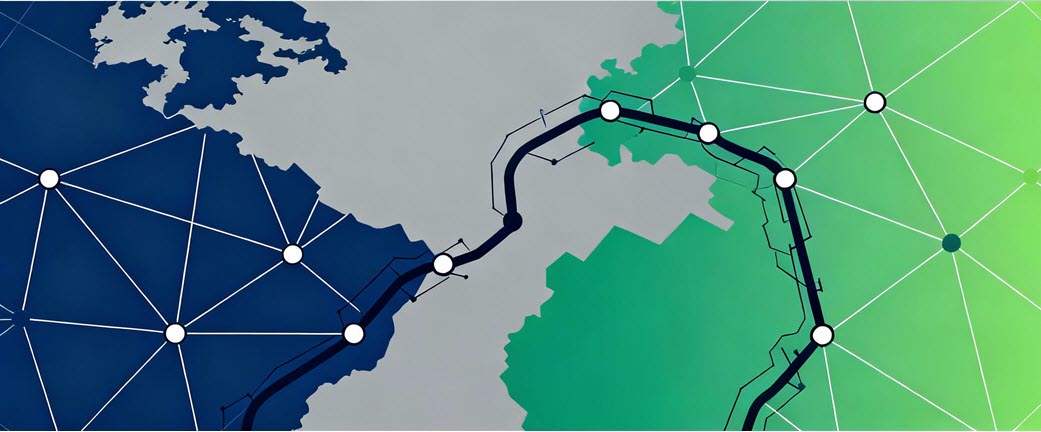Why Smart Businesses Never Stopped Investing In SEO
You've heard SEO is dead. Or dying. Or replaced by paid ads and AI.
The data tells a different story.
Where Your Traffic Actually Comes From
Organic search still dominates how people find businesses online. Over 53% of all website traffic comes from organic search, while paid advertising accounts for only 15%.
That gap matters more than most businesses realize.
When you stop paying for ads, your visibility disappears immediately. When you build organic search presence, it continues generating traffic long after the initial investment. One creates dependency, the other creates an asset.
The question isn't whether SEO works. It's whether the return justifies the effort.
The ROI Reality Check
SEO delivers an average 550% return on investment compared to 200% for search ads. For a $100,000 annual digital marketing budget, SEO can generate $51,724 in revenue versus $23,275 from pay-per-click advertising.
That's more than double the revenue from the same investment.
Nearly half of all marketers report that organic search provides the best ROI of any marketing channel. High-quality SEO campaigns can return $7.48 for every dollar spent, with that ratio climbing to 22:1 over a 2-3 year period as the compound effects build.
These aren't theoretical projections. They're measured outcomes from businesses allocating marketing budgets across channels.
Conversion Rates Tell The Real Story
Traffic volume matters, but conversion quality determines profitability.
Organic SEO leads convert at 14.6%, while traditional outbound methods convert at just 1.7%. That's nearly nine times the conversion efficiency.
People who find your business through search are actively looking for solutions. They arrive with intent, not interruption. That fundamental difference shows up in conversion data consistently across industries.
The top organic search result receives 19 times more clicks than the top paid result. Users scroll past advertisements to find what they consider more trustworthy information.
Trust converts better than visibility alone.
The Ranking Reality
First-page rankings aren't just nice to have. They're essential for business visibility.
The top three organic search results capture 68.7% of all clicks. The number one position alone gets 39.8% of all clicks. Only 0.63% of users explore links beyond the first results page.
Moving from position two to position one generates 74.5% more clicks. Even a single position improvement increases click-through rate by 32.3%.
Small ranking improvements create significant business impact.
The Long-Term Asset Advantage
Most businesses see positive ROI from SEO investments within 6 to 12 months, with performance reaching peak efficiency in years two and three.
Unlike paid advertising that stops when you stop paying, SEO creates durable value that compounds over time. Well-executed SEO continues delivering results long after the initial work, helping businesses show up more consistently, build more trust, and generate higher-quality leads without continuous payment per click.
This creates a different kind of marketing asset. One that appreciates rather than depreciates.
What About AI Search Tools
Google still processes over 5 trillion searches annually, roughly 13.7 billion searches per day. The search engine maintains 89.54% of the global market in 2025.
Google received 373 times more searches in 2024 than ChatGPT, putting ChatGPT's search market share at only 0.25%. Traditional search engines remain the dominant method for information discovery, even as AI interfaces proliferate.
The way people search may evolve, but the fundamental behavior of seeking information through search interfaces continues to dominate how we navigate the digital world.
The Strategic Framework
Smart SEO investment requires understanding your specific context, not following generic advice.
Consider three factors when evaluating SEO against other channels.
First, analyze your current traffic sources. If organic search already drives significant traffic, improving rankings compounds existing momentum. If you're invisible in search, you're missing the largest discovery channel available.
Second, evaluate your conversion funnel. SEO delivers higher-intent traffic that converts better, but only if your site effectively captures and converts that traffic. Technical optimization and content quality work together.
Third, consider your time horizon. SEO builds value over months and years, not days and weeks. Businesses needing immediate results may need to combine paid and organic strategies, but long-term sustainable growth requires organic presence.
Making The Decision
SEO remains one of the highest-ROI marketing channels available, but it requires patience and consistent execution.
The businesses winning with SEO aren't chasing algorithm updates or trying to game the system. They're creating genuinely useful content, building technical foundations that support user experience, and earning authority in their specific domains over time.
The alternative is perpetual dependence on paid visibility.
Paid advertising has its place in a balanced marketing strategy. It provides immediate visibility and precise targeting capabilities that organic search can't match. But building a business entirely on rented visibility creates fragility.
The smartest approach combines both. Use paid channels for immediate results and testing. Build organic presence for sustainable growth and reduced customer acquisition costs over time.
SEO isn't dead. It's evolved into a more sophisticated discipline that rewards businesses willing to invest in long-term value creation over short-term visibility hacks.
The question isn't whether SEO still works. It's whether you're willing to build assets instead of renting attention.

No comments:
Post a Comment